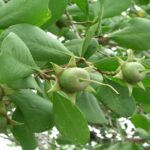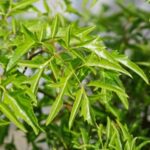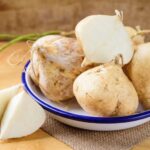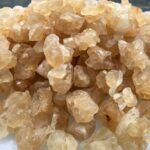For those who grew up in rural areas, the image of the hairy willow tree is undoubtedly familiar. This tree often grows wild along fences and bushes and is highly resilient.
According to research, the hairy willow, or Paederia tomentosa, has several other names, including three-body willow, climbing willow, and stink bug leaf. It belongs to the coffee family and is scientifically known as Paederia tomentosa. The distinctive feature of its leaves is their ovate shape with a pointed tip and symmetrical growth. The upper surface of the leaves boasts a refreshing green hue, while the underside displays a subtle purple tone. Beneath the leaves lies a prominent large vein, and the surface is covered with a soft layer of hair, creating a pleasant sensation to the touch.
In the past, hairy willow trees used to grow wild in rural areas, often going unnoticed. When these trees grew densely, villagers would use sickles to trim them, creating a spacious and airy fence line. This tree is highly adaptable and requires minimal care, fertilizer, or any form of stimulants.
Today, the hairy willow has become a prized delicacy, gaining popularity and economic value. Many individuals have started cultivating them in their home gardens, hoping to generate additional income.
Nguyen Thi Mua, an 86-year-old woman, utilized empty space beside a water canal to grow hairy willow. She constructed a sturdy bamboo trellis, allowing the tree to climb and grow vigorously. Over a decade of dedication to these trees, she has earned an additional 3-5 million VND annually from harvesting and selling the leaves, creating a significant income stream for her family.
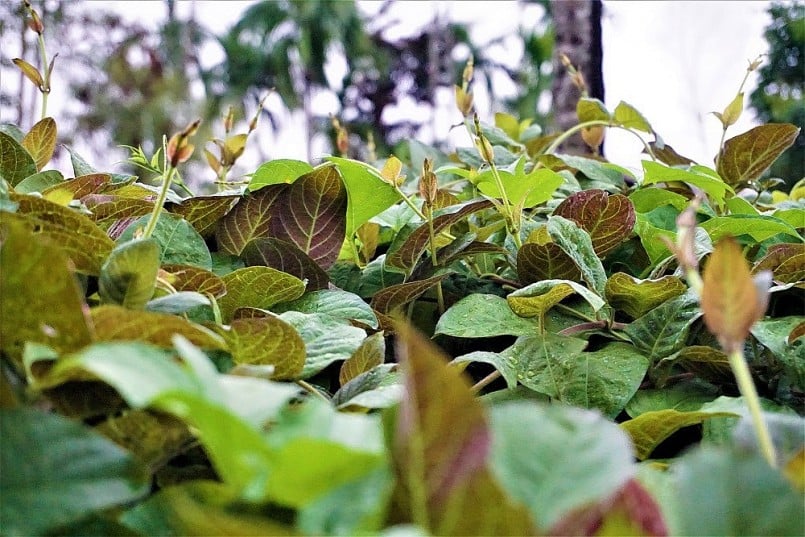
Over a decade of dedication to the hairy willow, she increased her income by 3-5 million VND annually.
Summer is the prime season for the hairy willow’s growth. With adequate watering, the tree thrives, producing lush, vibrant green leaves. It typically takes about three months from planting to harvest. Afterward, pruning the wilted branches stimulates the growth of new shoots.
In the market, hairy willow leaves are commonly traded, carefully packaged in zip bags and sold wholesale for approximately 40,000 VND/kg. Occasionally, the market price can reach up to 60,000 VND/kg. Even on e-commerce platforms, organically grown hairy willow products, elegantly packaged, are sold for 100,000 to 150,000 VND/kg.
In Hanoi, hairy willow leaves are not only a staple ingredient in restaurant and street food dishes but also frequently used as fresh herbs paired with various dishes, fried eggs, and baked goods.
Apart from their delightful flavor, hairy willow leaves offer numerous health benefits. This herb exhibits antiviral, digestive support, and anti-cancer properties and helps alleviate symptoms of coughs and inflammation. Its chemical composition, primarily found in the leaves, includes sitosterol, carbohydrates, iridoid glycosides, alkaloids, ascorbic acid, β-sitosterol, amino acids, stigmasterol, flavonoids, volatile oils, and galacturonic acid. Almost every part of the tree, from the roots to the leaves, fruits, and seeds, confers health advantages.
In traditional medicine, hairy willow leaves are bitter and cooling in nature, commonly used to treat ailments such as rheumatism, pain, abdominal pain, dysentery, edema, indigestion, bronchitis, and even malnutrition in children, as well as enlarged liver and spleen or boils.
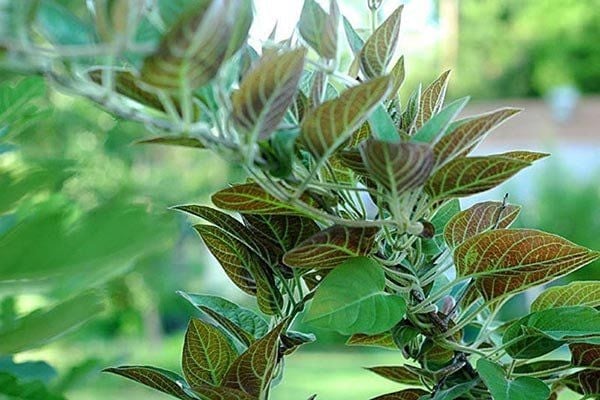
In traditional medicine, hairy willow leaves are used to treat various ailments.
Medicinal recipes using hairy willow leaves include:
– Treating dysentery in its initial stage: When dysentery symptoms appear, patients often experience frequent bowel movements with blood and mucus in the stool and sometimes fever. In this case, take a handful of fresh hairy willow leaves, chop them finely, and mix with one beaten egg. Wrap this mixture in banana leaves and grill until cooked. Consume this three times a day for a few consecutive days to see improvement.
– Relieving dysentery caused by heat in the large intestine: To alleviate dysentery symptoms due to heat in the large intestine, use 20g of hairy willow leaves and 20g of black alum leaves. Wash them, scald them with boiling water, and then crush and filter the juice. Drink this juice twice or thrice a day.
– Easing abdominal bloating and indigestion: A simple remedy is to eat a handful of fresh hairy willow leaves with cooked rice as a vegetable or crush them to extract the juice. Follow this remedy for 2-3 days to notice positive changes.

Eat hairy willow leaves with cooked rice as a vegetable.
– Treating diarrhea caused by heat: When facing diarrhea with symptoms like watery stools, abdominal cramps, and excessive thirst, use 16g of hairy willow leaves combined with 8g of sim buds. Boil them in 500ml of water, reducing it to 200ml. Drink this concoction twice a day.
– Soothing stomach aches: Take 20-30g of hairy willow leaves, wash them, and crush them to extract the juice. Drink this juice once a day for persistent relief from stomach aches.
– Regulating irregular bowel movements: Take 30g of hairy willow leaves, chop them finely, and mix with one egg and a pinch of salt. Beat the mixture and spread it thinly on banana leaves. Grill or roast it until cooked. Consume this remedy twice a day for three days to improve bowel regularity.
– Expelling threadworms and roundworms: To eliminate these parasites, crush hairy willow leaves, add a pinch of salt, and consume them raw or extract the juice. Do this every morning on an empty stomach for three consecutive days to expel the worms.
These remedies are not only simple but also harness the benefits of hairy willow, a familiar herb in daily life.
Ginseng for the Masses: Air-Purifying, Easy-to-Grow Wonder Herb
For centuries, Vietnamese people have revered the Echinophora as a precious herbal medicine, earning it the nickname “the poor man’s ginseng.” Recent studies have also unveiled this plant’s impressive ability to filter fine dust, making it the ideal choice for creating a green and healthy living environment.


























